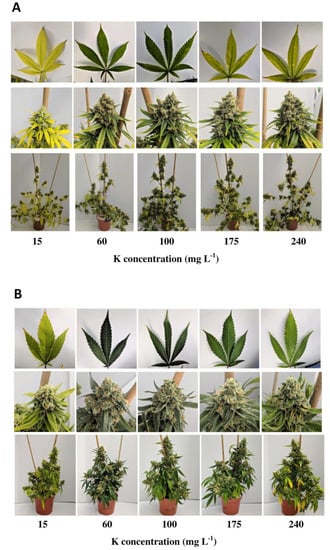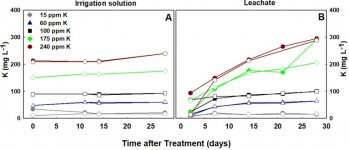Coconaut81
Member
Hello friends! I've embarked on the raw salt journey a little while ago, and loving avoiding the hydro store. I started with jacks, then masterblend. Now I tweak the masterblend with salts in veg. I've read so much, and taken so many notes, my head hurts. And still more to learn! Many of you have helped me so much, much love to you all!! 
I know I've read this somewhere, but can't find it again.. does anybody know how much Potassium coco naturally adds to a nutrient mix? I'm trying to figure where to adjust my Potassium to for a veg formula. I'm thinking 150-160ppm to match the nitrogen.. In flower, I just run masterblend full strength after stretch. Ive been treating that 205ppm of Potassium as a bloom booster. Masterblend alone is great at finishing them. I'm under Samsung 301b chips
I know I've read this somewhere, but can't find it again.. does anybody know how much Potassium coco naturally adds to a nutrient mix? I'm trying to figure where to adjust my Potassium to for a veg formula. I'm thinking 150-160ppm to match the nitrogen.. In flower, I just run masterblend full strength after stretch. Ive been treating that 205ppm of Potassium as a bloom booster. Masterblend alone is great at finishing them. I'm under Samsung 301b chips





